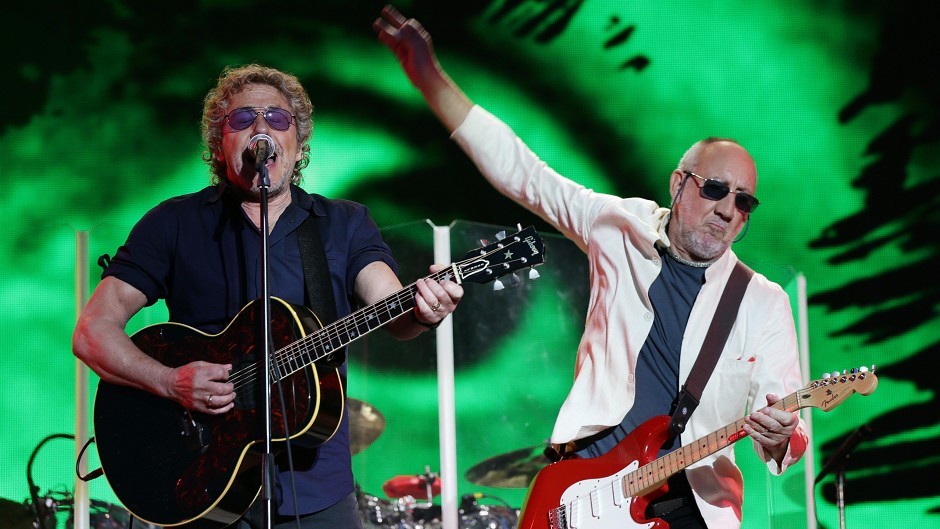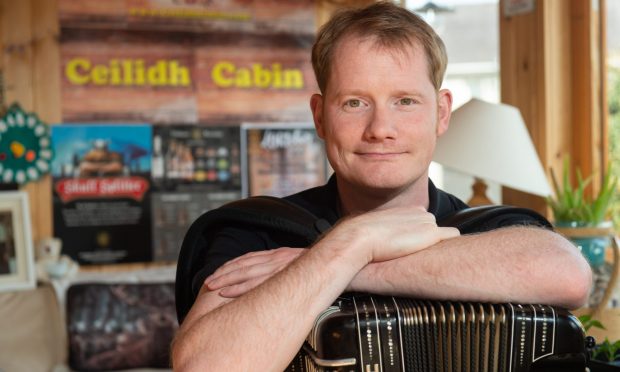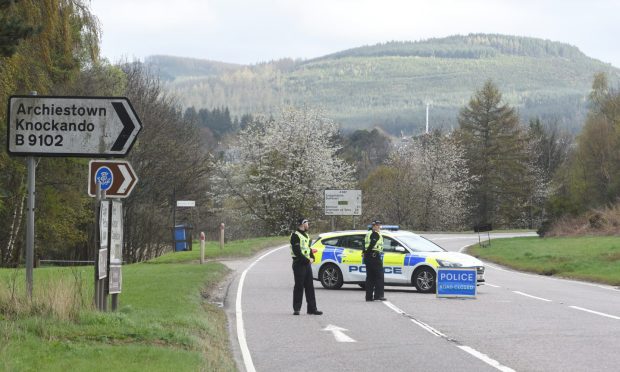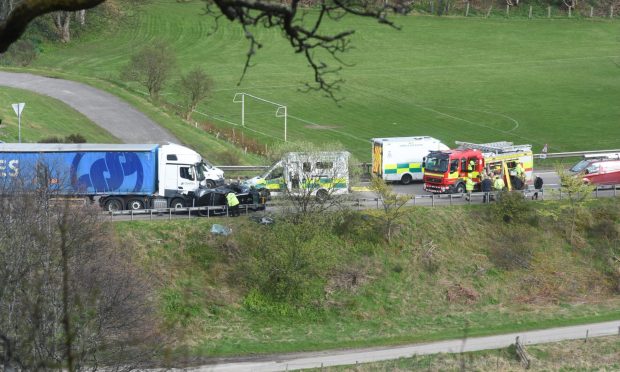A music historian who recently unearthed details about a Beatles concert in Elgin is now asking for residents to share their memories of when The Who played the town.
Richard Houghton is eager to hear from people who were present when the group performed at the Two Red Shoes ballroom in May, 1965.
Roger Daltrey, Pete Townshend, John Entwistle and Keith Moon visited Moray’s largest town following their first taste of chart success with single I Can’t Explain.
But they were already developing a devoted following at that time, and were earning a reputation as a hardworking act determined to tour relentlessly to help hone their live shows.
Only months after performing in Moray, The Who achieved global fame when My Generation was released.
Mr Houghton is trying to piece together a “people’s history” of the band from the firsthand accounts of those who witnessed their formative years.
He said: “The Who only played Elgin once, in 1965, after having had their first top ten hit I Can’t Explain.
“They were establishing a reputation as a must-see live act, famed for smashing their instruments on stage, the number of loudspeakers they used and the volume of their performances.”
Mr Houghton hopes that the Two Red Shoes gig produced some memories which have lasted long in the minds of the music fans who went along.
He describes The Who has one of the UK’s “most legendary rock bands”.
The Manchester-based author recently released a similar book about The Beatles – which included firsthand accounts of when The Fab Four visited Elgin.
The tome featured accounts from two Moray pensioners who had distinct recollections of seeing the group in Elgin.
Adeline Reid, then a student nurse, said a “cheeky” John Lennon leaned out a window at her and asked her to take his pulse.
And Arthur McKerron described the “deserted dancefloor” which greeted John, Paul, George and Ringo that night in January, 1963.
The gig was the Merseyside musicians’ first ever in Scotland, and took place after Love Me Do reached number 17 in the UK charts.
But less than a week later, The Beatles reached mainstream success with the release of Please Please Me.
Mr Houghton can be contacted via e-mail at thewhointhe60s@gmail,com or by letter at 1 Totnes Road, Manchester, M21 8XF.










